|
I know you come here for bus stories. But don’t leave yet! As many of you know, I used to be a film critic, and I’m still a filmmaker. I love driving the bus for the same reason I love art: because I love people. Because I’m intrigued, mystified, and intoxicated by this stage we call life. Art is the only profession that explores the act of what it means to be alive. It is the only discipline where you don’t have to provide answers. Questions are the thing. The artist does not answer; she asks, engages, presents for our reflection. Art is what keeps me going. Somewhere in the not-so-distant past, the art form of cinema fell prey to the same forces that gradually convinced the masses that painting, dance, opera, theatre, jazz and classical music were not for them but only for the cultural elite. This is false. Don't believe anyone who tells you otherwise: Art is not only for rich people. It’s for everyone. Art galleries don’t have a dress code and are always free, but you’d be surprised how many friends of mine don’t know this. Can we blame them? There’s an aura of exclusivity in some of these places, where prestige and status and education are wielded as barriers to keep inquisitive working-class minds out. This is a mistake that hurts everyone. Each of the mediums above used to be consumed by the “common folk,” and they were all better for it. High culture was not always the preserve of the elite. We all know artists themselves are poor. We know from Tennessee Williams’ famous essay that art is best created when life involves struggle. We know from Linda Nochlin that artists almost never come from aristocratic backgrounds. We know from Jonathan Rose that the working class is hungry for intellectual stimulation, and for 400 years was better-read than the average aristocrat. Shakespeare was written for the common listener. Tolstoy kept his prose as simple as possible because he wanted everyone to be able to read it. Dickens’ weekly serialized novel chapters were discussed by anyone and everyone who got their hands on a newspaper. People attended operas and threw fruit on the stage if they didn’t like the performance. Everyone should be included– the wealthy, the poor, and everyone in between. Life is a question from our first moments to our very last, and we all deserve to explore it by taking in art. Cinema– I don’t mean Avatar or Marvel, I mean dramas without special effects that are about humans and their problems lived out in real life– has succumbed to the same fate, and like the aforementioned mediums is now thought of as a niche interest. It shouldn’t be. Cinema is the most potent form of art expression we have. It is all the art forms combined into one. It is the ideal medium for manipulating time, the construct through which we interpret existence. It more closely approximates the experience of dreaming than any other medium. It is impossibly, irresistibly hypnotic. It is for anyone who’s interested. Here are brief notes on the films of the past year which, to me, most lived up to the medium’s possibilities. Which most pushed at the edges of what the medium can do, is best at, is defined as. Some of them are disturbing and profane; others are gentle and light. But they are all for everyone. In order from least to first, with a few runners-up at the very end: 17. The Stranger "Would you like to come up for a bit?" Dir. Thomas M. Wright 117m. Synopsis: Two men meet on a bus and strike up a conversation that turns into friendship. For Henry Teague, worn down by a lifetime of physical labour and crime, this is a dream come true. Trailer. An immersion that feels thoroughly dangerous, rife with the threat of violent harm, without ever showing violence onscreen. You know you’re in the hands of a master when everything is conveyed obliquely, but you feel it as powerfully as if you were standing there seeing it. A chord change and a shadow, artfully thrown your way, and you're hooked. Questions last longer than answers. The unsaid has a power that dwarfs the said. Thusly, the less said about this film, the better; go in cold. It’s a thriller about two men who really existed, the things they did, and the shifting and uneasy relationship which formed between the two of them. It’s about friendship, suspicion, patience, and madness. The trailer accurately suggests a sense of the film’s hypnotic mood. 16. What Do We See When We Look At The Sky? (Ras vkhedavt, rodesac cas vukurebt?) "Lisa and Giorgi finally met, but didn't recognize each other." Dir. Aleksandre Koberidze 150m. Synopsis: A chance encounter on a street and a lo-fi spell have lasting consequences. Trailer. A peaceful, mellow, quiet hang-out session with the dogs, children, friends and others of the small town of Kutaisi, Georgia. A spell is cast; questions are asked; joy is had. You walk away with feelings, not words. A richly fulfilling experience that resists simplification into language. 15. Blonde “That’s not me. Daddy, that’s not me.” Dir. Andrew Dominik 167m. Synopsis: An exploration of the relationship between Norma Jeane Baker and her performing self, Marilyn Monroe. Trailer. Those who can’t tell the difference between depiction and endorsement are in for frustration here. “It is the mark of an educated mind to be able to entertain a thought without accepting it,” said Aristotle, referring to a skill most media no longer asks us to hone. Reknowned author Joyce Carol Oates, upon whose book of the same title Blonde is based, is more blunt: “surprising that in a post #MeToo era the stark exposure of sexual predation in Hollywood has been interpreted as ‘exploitation.’” Questioned further on the subject of exploitation, she replied, “It scarcely matters in 2022 how we approach Marilyn Monroe — she’s long beyond being hurt by us or acclaimed. She’s become something abiding, American— iconic— detached now from even her own history, like a figure out of mythology.” The focus is what Ms. Monroe’s unfortunate life tells us about the society we live in. It isn’t a pretty picture. Blonde is deeply sympathetic funerary cry for a woman who was enormously put upon by the world, and never got the grace she deserved. In this film we understand her, by way of Mr. Dominik’s formidable mise-en-scene, but no one else onscreen does. They are all oblivious to her journey, her hope, her wish. She is the child who never got to grow up, forever searching for parents that might love her. Can we blame her for seeing herself as ever the receiver of action, so rarely its doer? Wasn’t that so often the reality for a person in her position? Can we blame her for not knowing how to start again, not knowing where to turn? Where could she turn? A child needs at least one other soul to tell them they are loved, before they can love themselves. Hopefully it’s a parent. It can be a friend, or a relative. In Joyce Carol Oates’ conception, this character never got that. It’s an unpleasant watch, to see such a good soul mistreated so much. She’s on a different plane, wishing someone would love her, listen to her. No one does. They merely obsess over her. They see their version of her, and don’t realize the difference. You finish the picture perhaps ready to do what Ms. Norma Jean probably wishes we would all do: let her be. Dominik’s visual collage of a film, involving note-perfect recreations of many of the famous photographs, is some of the most arresting of the year. He uses idiosyncratic period lenses and opts for the inky blacks of '50s B&W still photography (not motion picture) stock. There’s never been a film that looks like this one, which in terms of structure approximates Oates’ writing style in the form of an interior psychological focus, and long scenes with much detail. Fans of works like her 1969 Them will be pleased. Says Ms. Oates: “Andrew Dominik is a very brilliant director. I think he succeeded in showing the experience of Norma Jeane Baker from her perspective, rather than see it from the outside, the male gaze looking at a woman. He immersed himself in her perspective.” 14. Women Talking "Hope for the unknown is good. It is better than hatred of the familiar." Dir. Sarah Polley 104m. Synopsis: In 2010, the women of an isolated Mennonite community wrestle with the conflict between faith and reality. Trailer. In Martin Scorsese’s widely read 2021 Harpers article, he describes walking up 8th Street in New York in 1960, with theatres showing amazing films from around the world. In the space of a week you could watch The Cranes are Flying, L’Avventura, Hiroshima Mon Amour, Through a Glass Darkly, Pickocket… What about this time was special? It isn’t merely that the films were excellent. “In essence,” Scorsese writes, “these artists were constantly grappling with the question ‘What is cinema?’ and then throwing it back for the next film to answer. No one was operating in a vacuum, and everybody seemed to be responding to and feeding off everybody else. Godard and Bertolucci and Antonioni and Bergman and Imamura and Ray and Cassavetes and Kubrick and Varda and Warhol were reinventing cinema with each new camera movement and each new cut, and more established filmmakers such as Welles and Bresson and Huston and Visconti were reenergized by the surge in creativity around them.” None of the titles listed above, as any viewer can attest, was made primarily to make money. They were made by artists who were excited about pushing the medium forward. In 1960 such films were massively popular, especially among younger generations, who would form hours-long lines wrapping around blocks to see the latest arthouse hit. They wanted to see art. It didn’t need to be entertainment. Art was enough. Great films are still made today, but they’re usually not popular. They don’t cause long lines to form. The Godfather was the highest-grossing film of 1972. Today, it would exist on the margins. As well, many great films made now don’t attempt to ask and answer the question of “what is cinema?” Right now all the discourse on Women Talking is over its provocative script and admirable performances, but Polley should be praised not just as a women’s director effectively tackling women’s issues, but as a director period, ably pushing the medium in new directions exactly as Scorsese describes above. In the last sixty years only three films have been shot in the 2.76:1 aspect ratio, and only this one uses desaturated colors. There is no other film that looks like this film, and thusly the experience of watching this film feels like no other film. Maybe you don't like it. Fine. (I would've preferred a longer cut, with more fleshed-out characters.) But you can't deny Ms. Polley, like Mr. Dominik above with Blonde, is experimenting. This is good for the medium. As for content: films are now doing what social media, newsmedia, and films from three years ago have all failed to do: explore women’s issues with nuance. Don’t quote me out of context. Read me in full: Feminist movements will continue to come and go, with each progressing slightly further than the previous in achieving gender equality. But the current system of patriarchy, even with all its obvious problems, will not topple until a viable replacement is proposed. (The same goes for money; we all know it’s evil and unfair, but it sticks around only because no compelling alternative has been suggested.) Men used to be providers, and prided themselves in having essential value as such. Feminism can scare them because they perceive, incorrectly, that they no longer have value. They’re no longer needed as providers, since women can provide for themselves; but with that being the case, they need a new role. Or else they’ll turn hell and high water to make sure they can still provide. They want to feel like they have purpose. Unless you give them a new role, they’ll achieve that purpose by restricting the rights of women so the men can be providers again (hello, Roe repeal). The question is not being explored: what, moving forward, does a good man look like? What are his goals? How does he square his ideals, desires, sense of accomplishment and self? I tried to explore this in my film Men I Trust. Women Talking feels like one of the first features to incorporate this into its explorations. It is not a #MeToo film, despite being about female rape survivors; it engages with the issues without being driven by them. It is larger. It tells a universal story about human suffering, and you feel inspired and galvanized by its ending no matter your gender. It has the courage to look beyond anger. 13. Paris, 13th District (Les Olympiades) "Why are you so unsure of yourself?" Dir. Jacques Audiard 105m. Synopsis: Interrelated lives of love, lust and friendship within a housing complex. Trailer. Elder cinema statesman Audiard (whose masterful Un Prophete should’ve won the 2009 Palme) here displays an optimism for the new generations that inspires me. How does he understand them so well? Cowriting with Céline Sciamma and Léa Mysius (both highly able directors in their own right), Audiard shows us the state of things as lived by millennials. They want the same things previous generations had. But all the markers of success and accomplishment which were so acquirable in the 20th century– home ownership, starting a family, a stable and single-profession career, starting a business– have all become intimidating hurdles. Things have changed. They've changed on a more intimate front as well: we want the same love, connection, meaningful interaction and lasting partnerships and friendships which were so cherished by those older than us... but we don't have the equipage to acquire them. We are suffering the consequences of growing up with technology instead of people, of spending more time with screens than faces, bereft of jobs that pay a living wage, of living in a world that's horizontal instead of vertical (even in Europe and Asia, where family ties are stronger than here in the States). But we get by. Audiard cloaks the film in beautiful black-and-white, about as good as the notoriously unseemly medium of digital black and white can get, and has the grace to give his characters a hopeful ending. Noemie Merlant astounds, as she always does. 12. Memoria "I remember everything, so I limit what I see. " Dir. Apichatpong Weerasethakul 136m. Official synopsis: A woman from Scotland, while traveling in Colombia, begins to notice strange sounds. Soon she begins to think about their appearance. Trailer. If you missed this in theatres, you missed it permanently. Director Apichatpong Weerasethakul stipulated that the film be shown only theatrically, with no disc or streaming release to follow, ever. Watching the film, I could see why; its sensitive sound design and quietude demand the focus of a theatrical environment. Before the film started, every screening was preceded by ten minutes of silence. Do you know how long ten minutes of silence is? In today’s world? Sit still for ten minutes without looking at your phone. You’ll be a different person afterward. There is more than one Tilda Swinton performance to appreciate this year, but this was my favorite. We the audience walked out of the theatre knowing we had seen something special, and something rare in our times: a thing unrepeated. In a world of endless options, endless access and archivability, endless replay… true value reveals itself in scarcity. All the best moments in life happen only once. I’ll always remember the daylight scene of the man by the river, and the conversation they have together, from which the above quote stems. 11. Athena "He's fragile." Dir. Roman Gavras 99m. Synopsis: Three brothers on opposing sides of the law and with differing concepts of self and community have contrasting responses when a fourth, younger brother is killed. Teaser. Watch the opening shot. Just do it. You won’t believe your eyes, especially with the knowledge that the film has no CGI. This is the most impressive first shot of a film since 2006’s Children of Men, and the new gold standard following the one laid down with such authority by Orson Welles with Touch of Evil (1958). Everything you’re seeing is real, unfolding in real time. Imagine the intricate rehearsal. What an anachronistic choice: to employ a process requiring intense rehearsal, discipline, and professionalism… to depict such unbridled chaos. The effect is hypnotic. It’s almost like dance, like theatre, the infinitesimally precise choreography of it all. Every detail. The team spent two weeks rehearsing the shot before finally going for it. The rest of the film is similarly spectacular in execution, with the director completing one shot per day. How do they do it? Tension in cinema is often created with editing; here, it’s all planned out beforehand. But it’s more than mere showboating of skill. Craft can touch us emotionally. Technique can immerse us. We are immersed into the realities of these characters. We feel for them and learn about them not by hearing their histories or through other traditional character development, but by watching them act and react to present tragedy. The Greek director (son of Costa-Gavras), a fan of Greek tragedy, has organized the film around three potential responses to tragic loss, each embodied by one of the three surviving brothers: you can seek to calm things down and keep things as they were; you can desire to torch everything, to start the world over with a clean slate; or you can endeavor to protect yourself alone, regardless of what happens to others. Each of these responses has its flaws. An astounding, breathless experience. 10. The Fabelmans "You can't just love something. You also have to take care of it." Dir. Steven Spielberg 151m. Synopsis: A Jewish boy in working-class Phoenix resorts to filmmaking as a method for navigating family trauma and personal strife. Trailer. Spielberg’s memoir is more than a story about how the legendary filmmaker came to be. He tells what for me is the more interesting story: a quiet Jewish boy growing up in middle-class Phoenix accidentally discovering the unwieldy power of the moving image, and the role it plays in destroying his dream of a perfect family. Reality sets in, and so does struggle; but he discovers, as so many of us artists do, that creativity is a release because it allows us to engage with life without having to find answers for it. As I say above: Art is the only profession to explore the act of what it means to be alive. Our protagonist (played remarkably by newcomer Gabriel LaBelle) discovers that art is best when you have something to say– not the same as knowing what you have to say, and not the same as hardship qua hardship. But it is the release that frees us from needing answers. We expect greatness from Spielberg. It isn't surprising that this film is good. If anyone else’s name was on it, we’d be howling over its mastery. But we've become spoiled with such a strong career. Having said that, I'd still assert that Steve has been spinning his wheels for the past decade, failing to take risks in the way he used to, and in the way his colleague Martin Scorsese still does; but here, finally, Steve pushes himself, going for broke with sensitive, personal material and mostly avoiding his longstanding crutch: John Williams' telegraphic scoring. This is a hugely welcome return to form. Pay particular attention to Spielberg's blocking; every shot is staged for maximum economy of storytelling, and always tells us something about whoever’s the subject of the scene. (Note the above shot– we know to see the scene through the boy's eyes; we sense his trepidation about the film reel's contents without dialogue; their close relationship such that he probably knows what his mother's facial expression is right this moment; and blocking that allows us to see both their faces, with the knowledge that neither character can see the other). Film as memoir has become a semi-popular approach of late, to varying degrees of success (the best seem to be those which deemphasize the person doing the remembering, a la PTA's Licorice Pizza and Cuarón's Roma; Gray’s and Sorrentino’s latests are a study in the contrast between retelling an event with self-awareness (Armageddon Time) and without (The Hand of God)). Spielberg nails it, going for universal human relevance by way of precise, lived-in detail after detail. No one else straddles dexterous form with broad sentiment– art and commerce– so effectively, and there haven't been enough films made about middle-class lives. Cinema is too often a showcase for the totally destitute, or the stupendously wealthy. Seeing Jersey suburbs and cars with roll-up windows call to mind the century of my youth, when you could be forgiven for confusing middle-class and working-class, because they were so often the same thing. 9. Petite Maman "I have a secret. It's not just mine." Dir. Céline Sciamma 73m. Synopsis: A girl, grieving her grandmother's death, meets another girl while building a treehouse. Trailer. The less said about this gem, the better. It achieves in 73 minutes what most feature-length titles cannot touch. There comes a point in the film where you realize what it’s doing (a brilliant conceit given away, sadly, in the film’s US trailer; the above trailer is spoiler-free)… and you respond with quiet awe. Of course. It makes no sense, and yet all the sense in the world. If only. 8. Bones and All "I thought I was the only one."
Dir. Luca Guadagnino 131m. Synopsis: A girl travels across 1980s America in search of her mother, and encounters a boy along the way. Teaser. [contains spoilers] Guadagnino is doing something different grammatically from most other filmmakers, and I can’t put my finger on it. The choices in shot composition and especially cutting are striking. I’m reminded of the daring formalism of the New Hollywood days. Consider the “I am nice” exchange, or the use of editing to suggest smell. Note the luscious 35mm lensing, those fields of swimming grain making the image alive. How film compels night scenes to be lit differently. You remember the 20th century; this film feels like a repository of its textures, fears, and secrets. Like his previous Call Me By Your Name (which is one minute longer and stars the same male lead), Bones possesses a notably warm gaze towards its characters, who once again are marginalized souls who find rare understanding in an unexpected romantic bond. But Bones uses a fantastical metaphor whose meaning the viewer can suit to her/his own needs, allowing the story to become things Call Me can't access. [Not for the faint of heart.] --- Click here for the rest of the list!
2 Comments
Laura
3/12/2023 04:25:52 pm
Loved what you wrote about cinema and art and your reviews have left me wanting to see every one of these films.
Reply
Nathan
3/13/2023 11:32:54 am
Laura,
Reply
Leave a Reply. |
Nathan
Archives
July 2024
Categories |
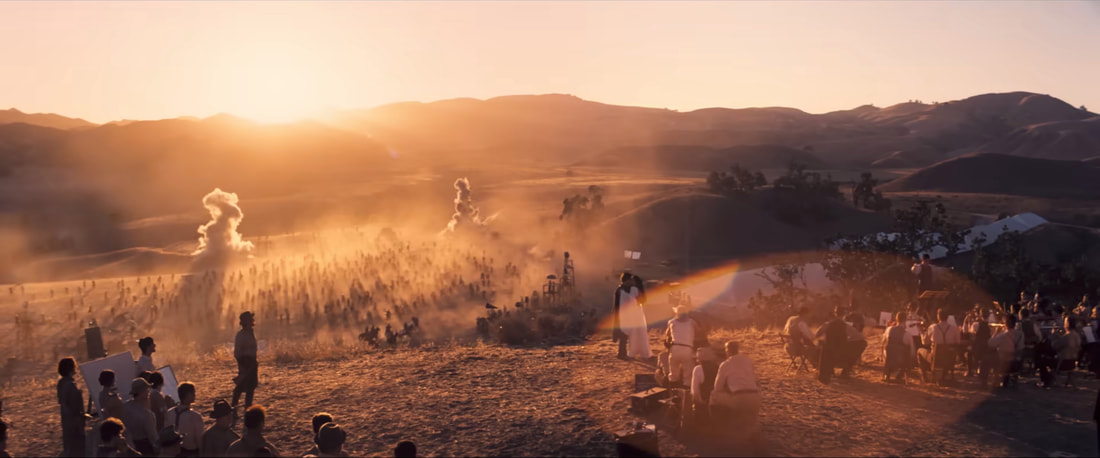
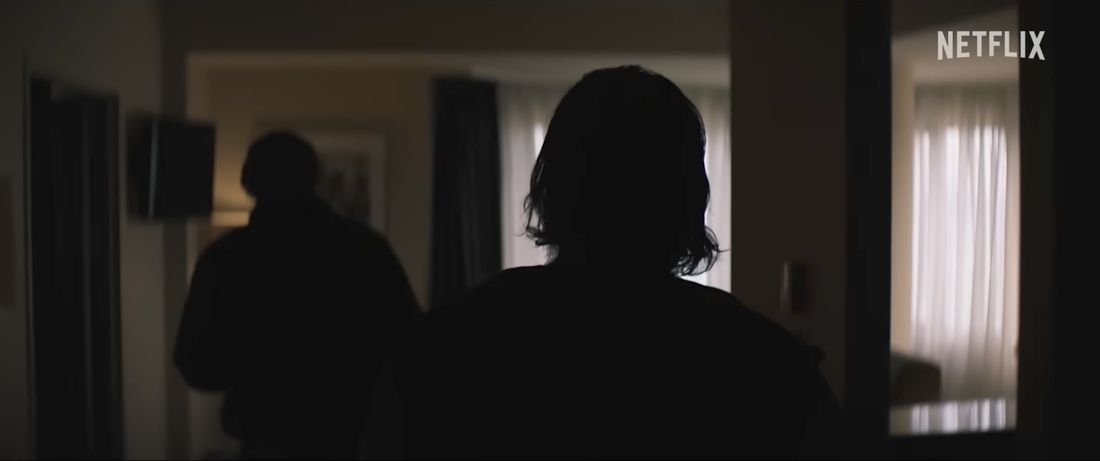
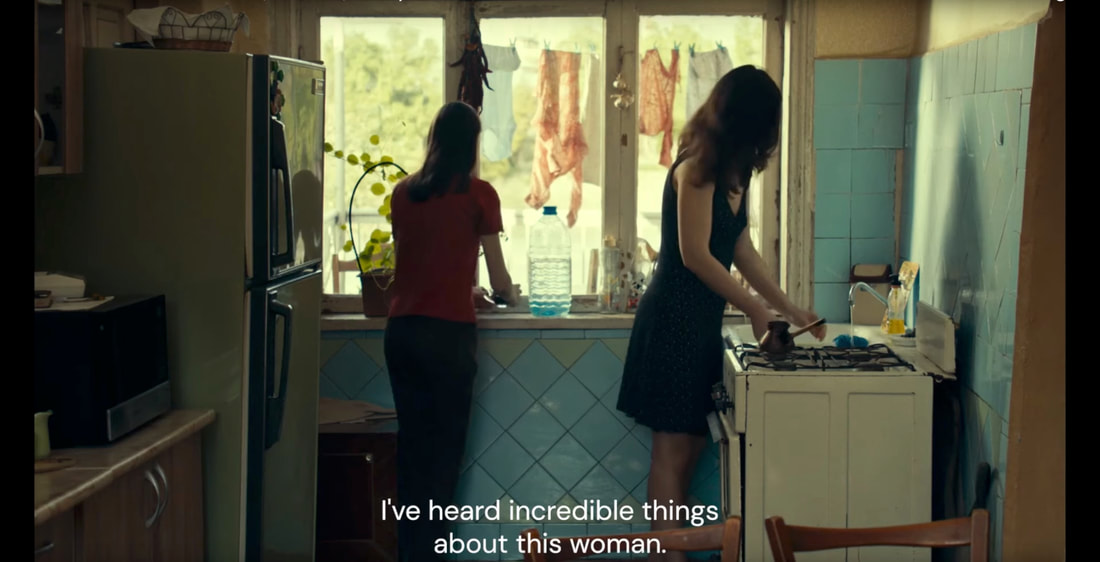
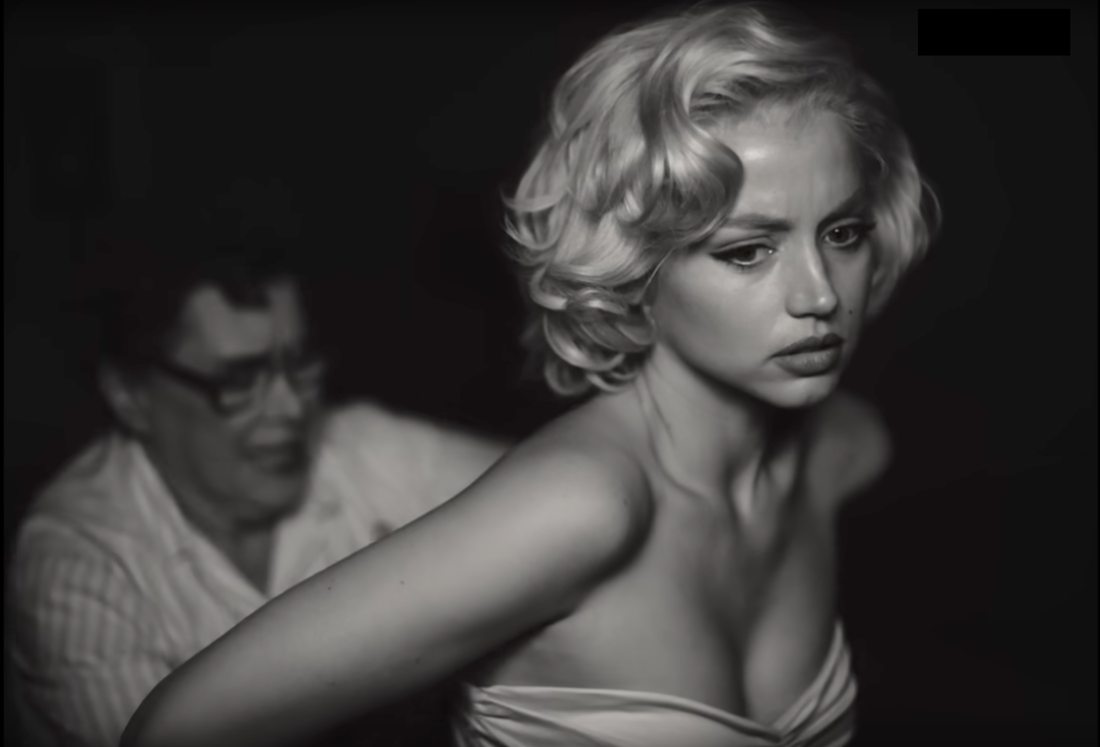
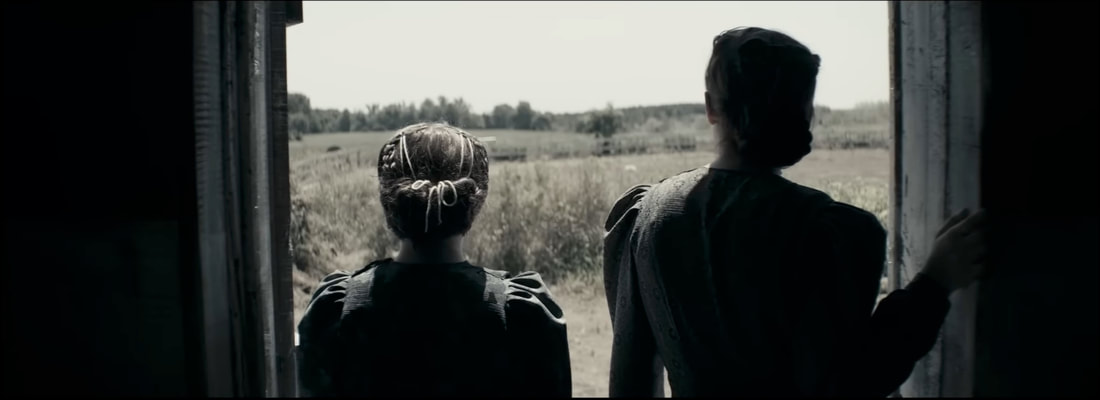
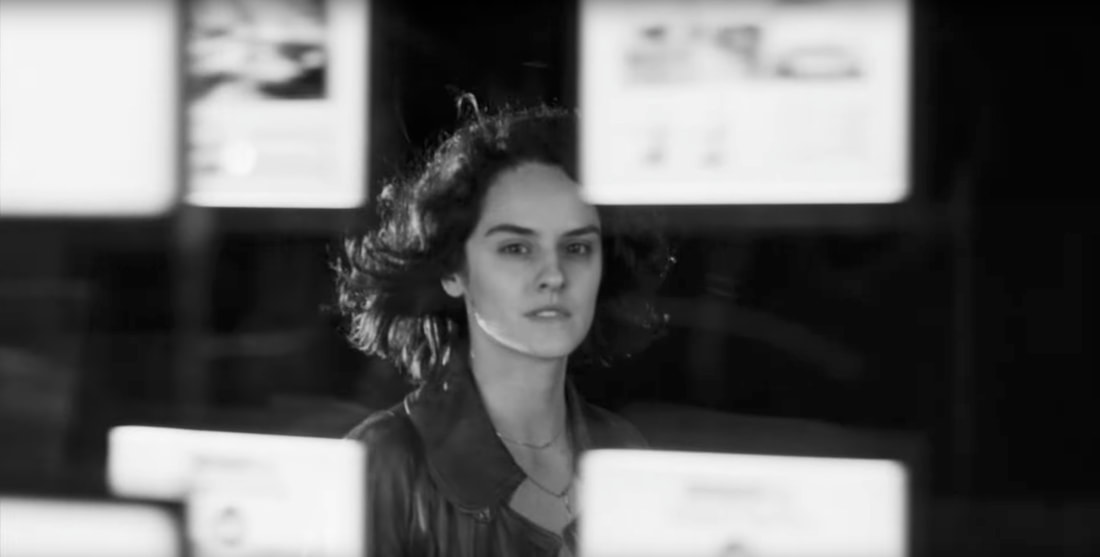
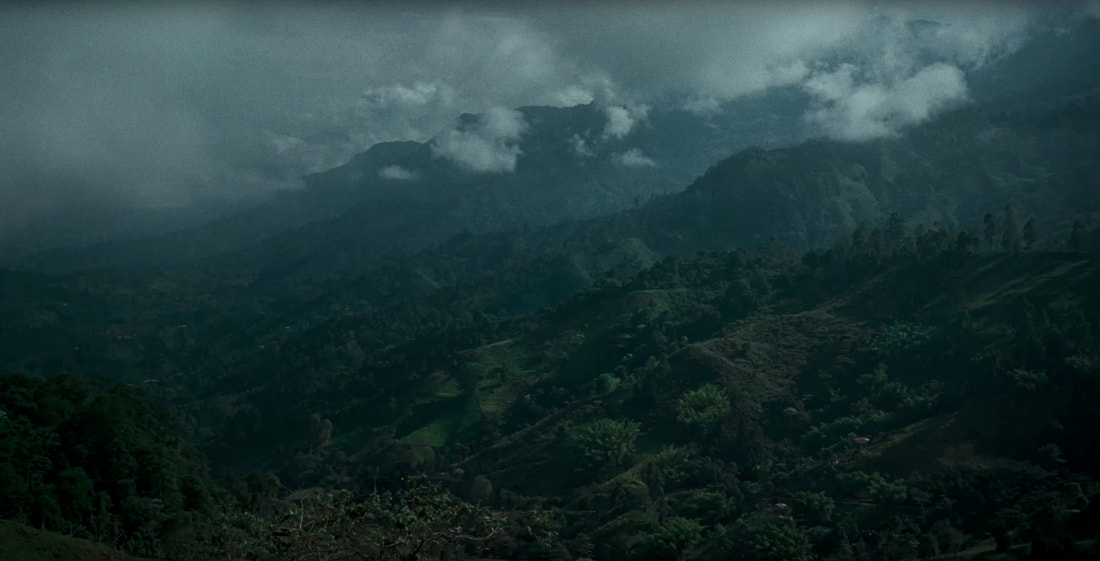
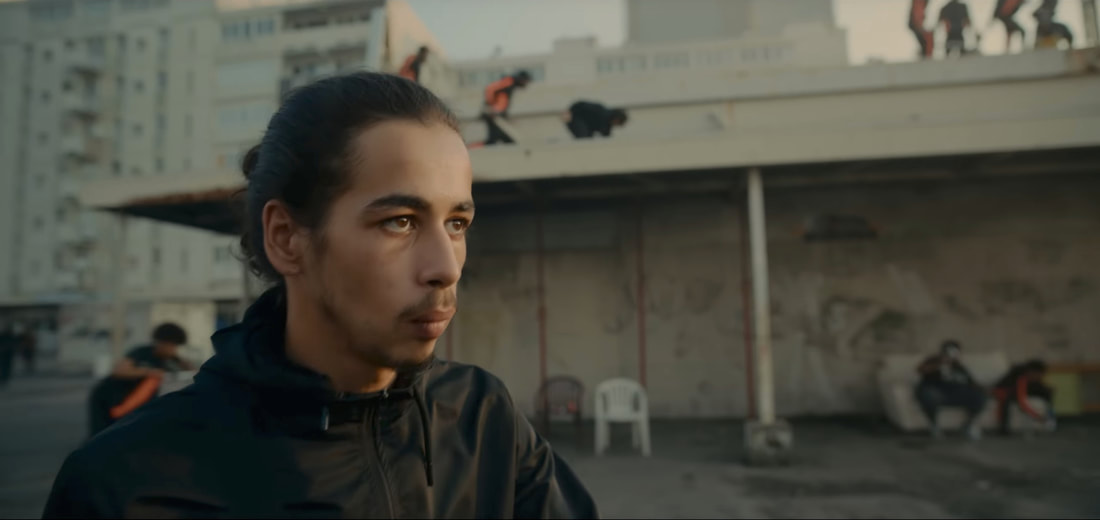
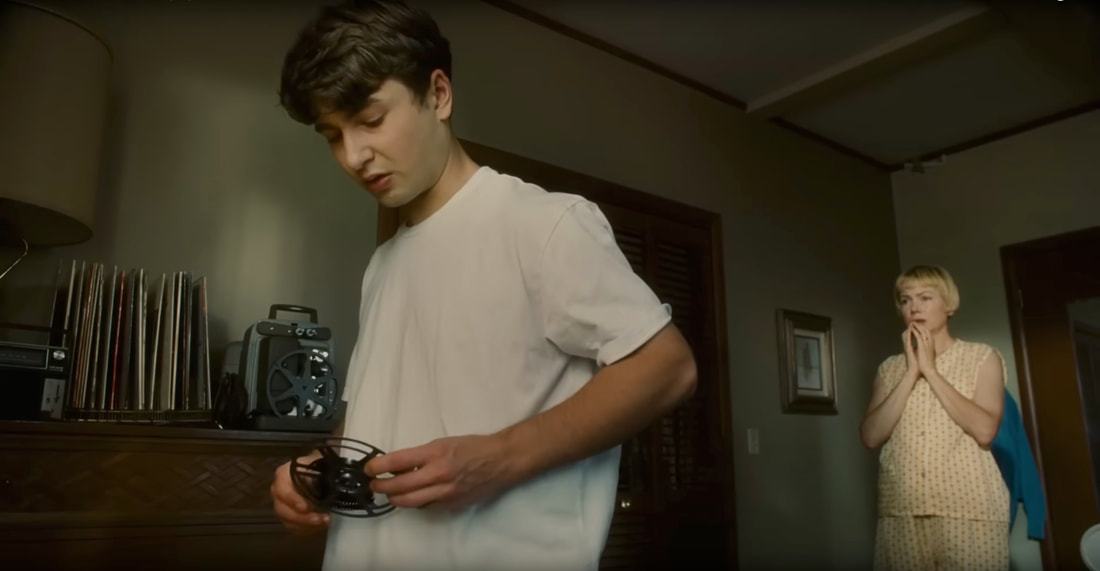
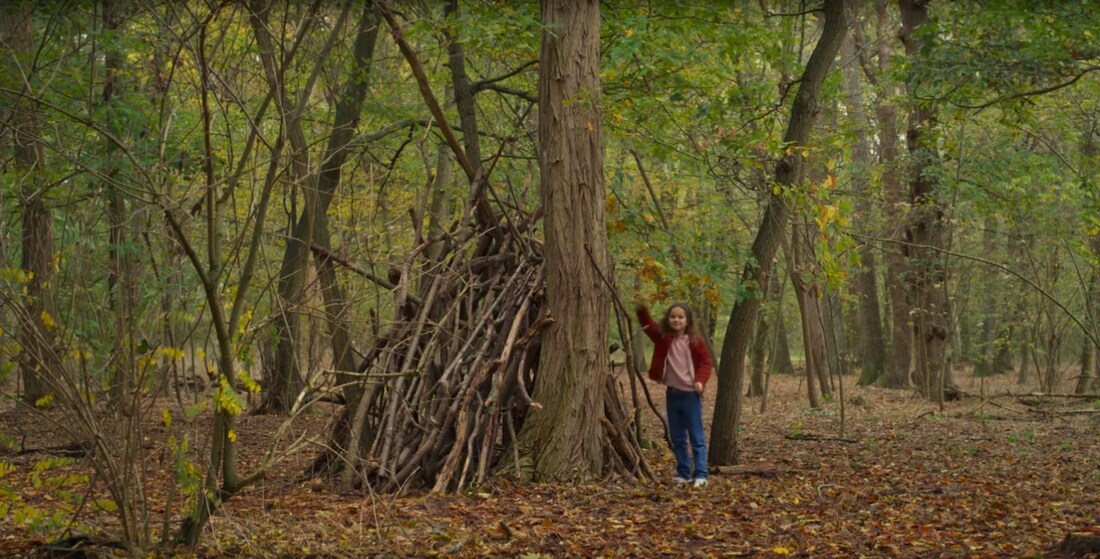
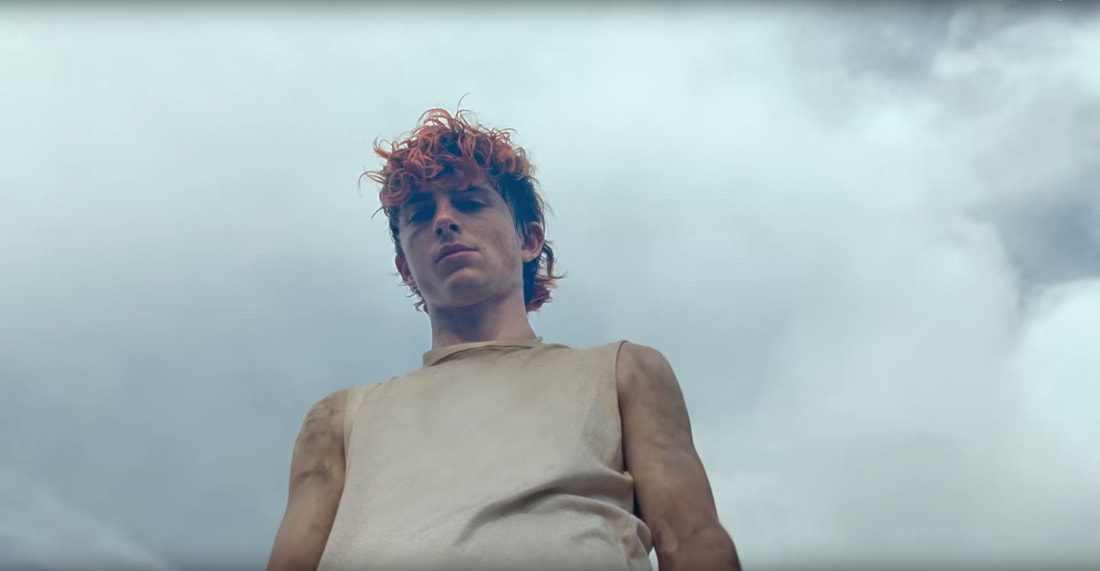
 RSS Feed
RSS Feed
